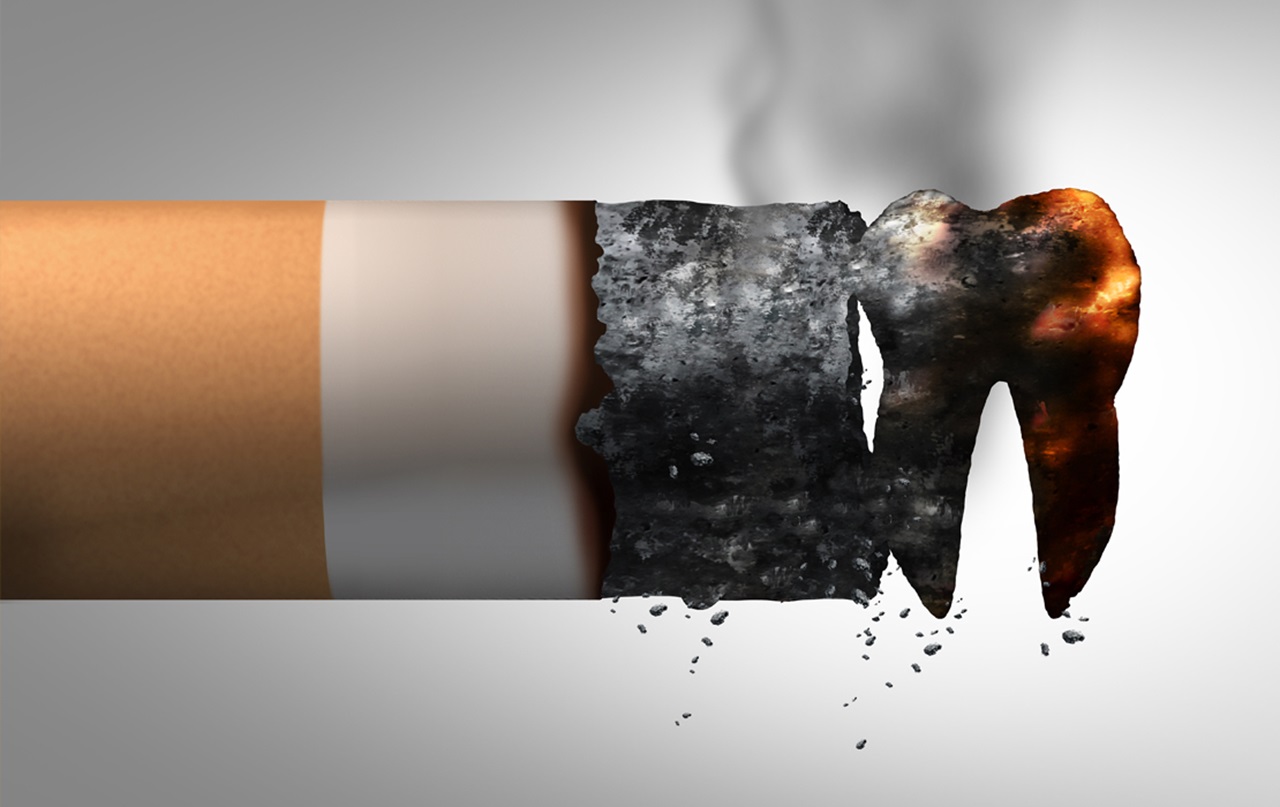The best way to safeguard your long-term dental (and overall) health is to stop smoking. It takes time and commitment – but millions of people have done it, and you’ll find there are plenty of free resources and support out there to help you succeed. Here are 5 proven steps to follow.
Step 1: Have a plan
Once you’ve set a quit date, develop a plan. Start with the helpful resources at smokefree.gov or call 1-800-QUIT-NOW. Consider downloading an app to track your progress.
Step 2: Don’t go it alone
Tell family and friends you’ve decided to put down cigarettes for good. Plan to spend time with people who want you to succeed. Ex-smokers might be some of your best allies, since they’ve been there!
Step 3: Stay busy
Replace smoking with a healthy habit like walking, working out, knitting, or word games – anything that uses your energy in a positive way. Make plans for dinner or a movie with non-smoking friends. Chew sugarless gum—it keeps your mouth busy and helps prevent cavities, too.
Step 4: Avoid triggers
Stay away from people, places and things that tempt you to smoke. Common triggers include stress, alcohol, coffee, and hanging out with others who smoke. Throw out cigarettes, lighters and ashtrays so they won’t keep prompting you to light up.
Step 5: Reward your progress
Every hour or day you go without a cigarette is an achievement. Take it a little at a time. With all the money you save on cigarettes, you can treat yourself to a stress-relieving massage, a sporting event or even a weekend away.
Be sure to ask your dentist for suggestions and support, too. Your dentist cares about your overall health and is there to offer guidance and motivation to help you succeed.
